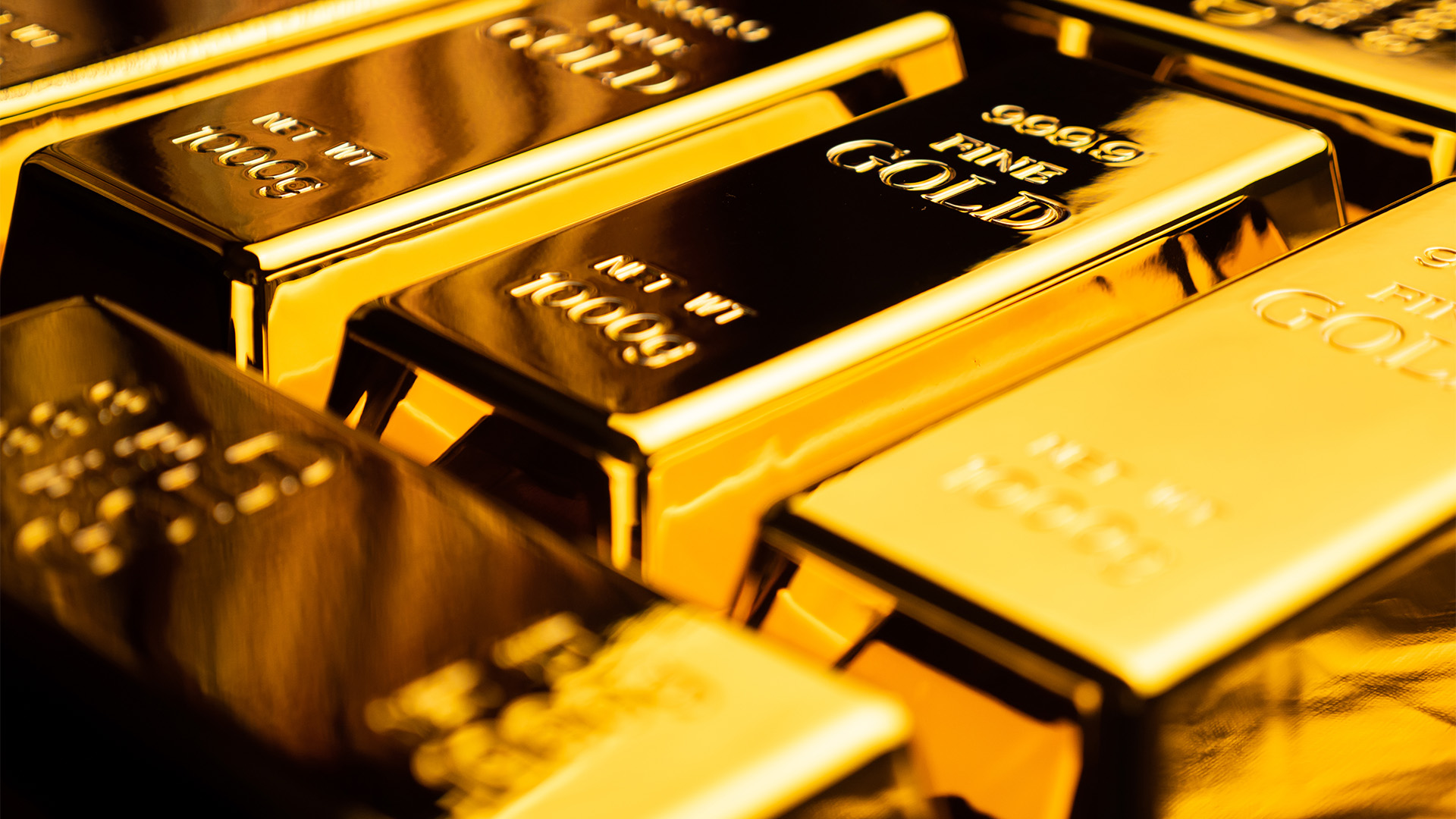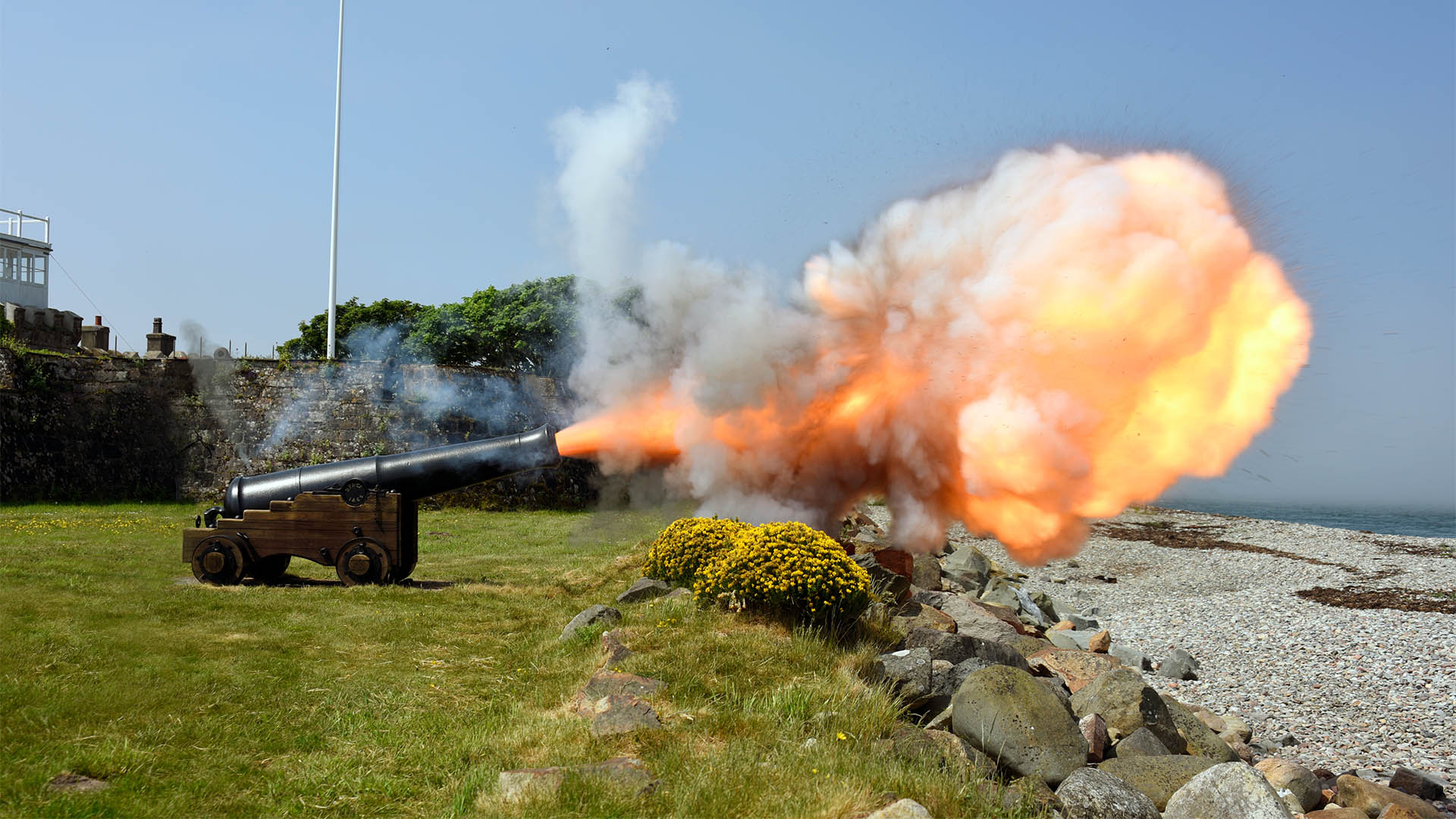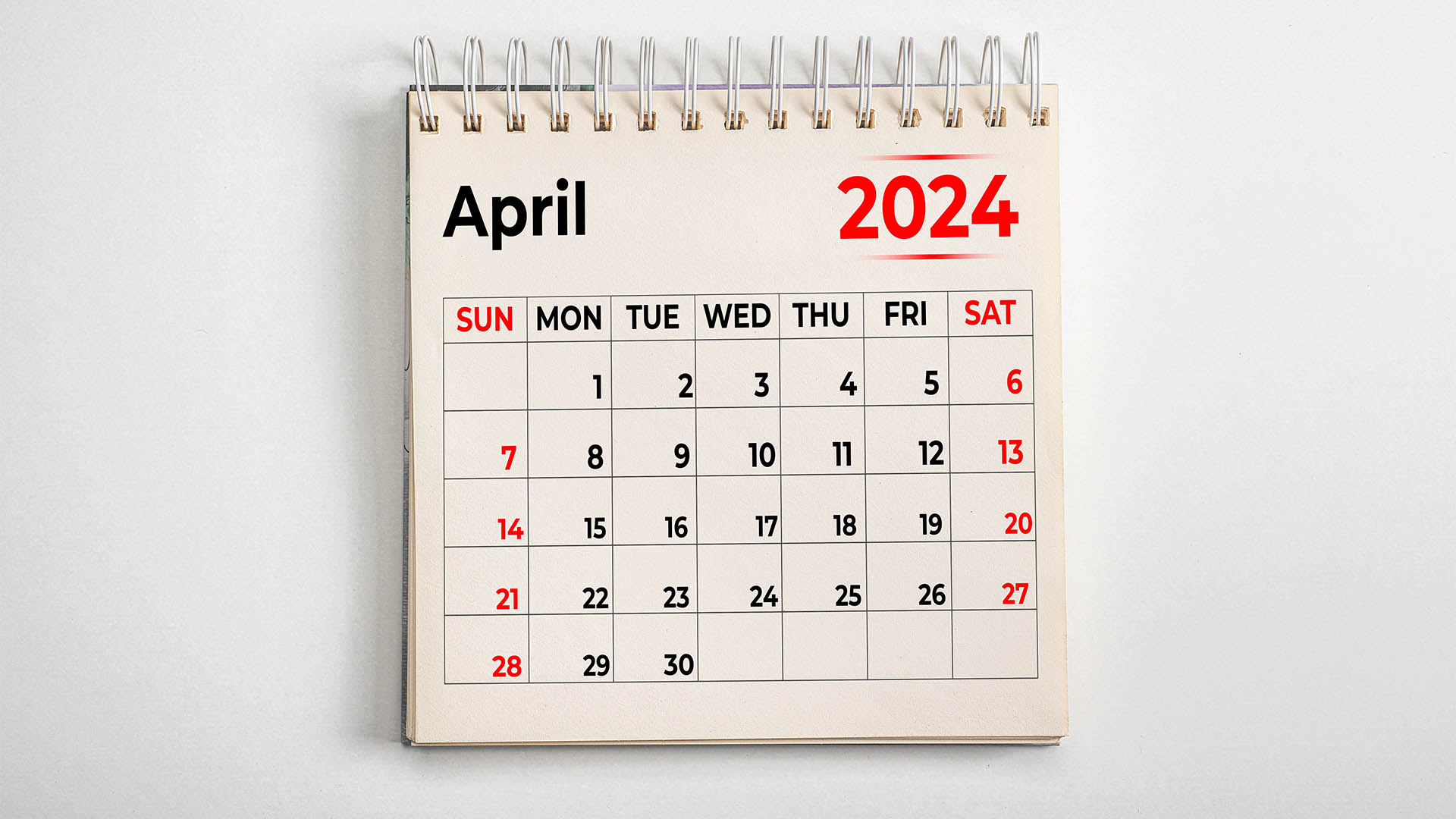Global gold demand, excluding over-the-counter (OTC) trading, experienced a slight decline of 2% in the first half of 2023, ending on 30th June. This decrease was primarily due to slower demand from central banks and weak consumption in the technology sector. However, when OTC demand was factored in, total demand for gold rose by 7% in the second quarter.
According to the World Gold Council (WGC), year-on-year demand in the second quarter dipped to 920.7 tonnes. Nevertheless, when OTC trading and stock flows were considered, second-quarter demand reached 1,255 tonnes, reflecting a 7% increase from the previous quarter. For the first half of the year, total demand ticked 5% higher, amounting to 2,460 tonnes.
The WGC noted that demand from both jewellery makers, who contribute around half of the total gold demand, and investors remained solid, supporting high gold prices in the April to June period. Jewellery consumption showed a promising 3% year-on-year increase in the second quarter, with a total of 951 tonnes for the first half of the year. This increase was attributed to a rebound in Chinese demand and strong consumer buying in Turkey.
However, central bank demand for gold saw a significant drop, with only 103 tonnes purchased in the second quarter. This was considerably lower than the 284 tonnes purchased in the previous three-month period and the 159 tonnes bought in the same quarter last year. The decline was partially driven by actions from the Central Bank of Turkey, which shifted from being a prominent buyer in Q1 to a significant seller in Q2 as it sold 132 tonnes of gold into the local market following a ban on gold imports.
Gold investment in bars and coins increased by 6% in Q2, reaching 277 tonnes, with a total of 582 tonnes for the first half of the year. The growth in key markets like the US and Turkey contributed to this rise. However, gold ETFs experienced outflows of 21 tonnes in Q2, although notably smaller than the 47 tonnes in the same quarter of 2022. Total net outflows for gold ETFs amounted to 50 tonnes in the first half of the year, indicating some caution from ETF traders.
On the OTC front, investment jumped in Q2, reaching 335 tonnes, with demand from this sector remaining apparent as the gold price found firm support even amidst ETF outflows and reduced net longs on Comex.
Demand for gold in technology remained weak due to continued weakness in consumer electronics, holding steady at just 70 tonnes for the second consecutive quarter.
On the supply side, total gold supply rose by 7% to 1,255 tonnes in Q2, with mine production estimated to have reached a record high of 1,781 tonnes in the first half of the year.
Louise Street, Senior Markets Analyst at the World Gold Council, emphasised that gold's importance as a safe-haven asset persists amid geopolitical tensions and challenging economic conditions. Looking ahead to the second half of 2023, economic contraction may provide additional upside for gold, further solidifying its status as a safe-haven asset. In this scenario, demand from investors and central banks would help offset any weaknesses in jewellery and technology demand triggered by a squeeze on consumer spending.
In terms of prices, the London Bullion Dealers' gold price averaged $1,976/oz in Q2, a record high that was 6% higher year-on-year and 4% above the previous record high in Q3 2020. Several countries, including China, Turkey, and Australia, saw further strength in local gold prices due to currency moves.
As of 31st July, the Comex price regained the $2,000 per ounce milestone but fell back under it on 1st August. Investors and market participants continue to closely monitor gold's performance in the face of evolving global economic conditions and geopolitical uncertainties.














